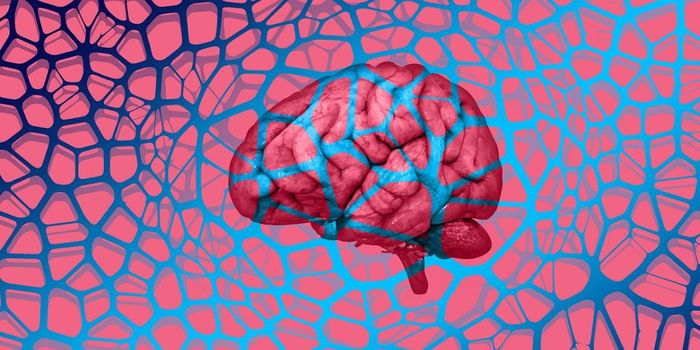Catching an RNA Switch in Action
Cells have to express the right genes to carry out the essential functions of life. When genes are expressed, they are transcribed into RNA molecules, which get translated into proteins. That simple process is, in reality, far more complex, and is carefully controlled in a variety of ways by different cells. Sometimes, small portions of RNA molecules contain short sequences known as riboswitches, which can help control gene expression. Most riboswitches have been found in bacteria.
RNA molecules hold tremendous potential, and could be used as therapeutics for a wide range of diseases. Scientists have been learning more about the inner workings of these complex molecules.
A team of researchers investigating riboswitches created a method to analyze them, called R2D2, which is short for 'reconstructing RNA dynamics from data,' a technique that models the structure of RNA in three dimensions. This method enabled the researchers to visualize the regulation of gene expression by an RNA molecule; one portion of RNA can remove another in a process known as strand displacement, which can quickly turn gene expression off. The findings have been reported in Nucleic Acids Research.
"We have found this strand displacement mechanism occurring in other types of RNA molecules, indicating this might be a potential generality of RNA folding," said co-study leader Julius B. Lucks, a professor of chemical and biological engineering at Northwestern University. "We are starting to find similarities among different types of RNA molecules, which could eventually lead to RNA design rules for folding and function."
One portion of a riboswitch can link to a compound, and that influences the shape of the RNA and a second portion of the riboswitch, which ultimately affects gene expression. In a bacterium called Bacillus subtilis, riboswitches intertwine and overlap.
In B. subtilis, the riboswitch seems to communicate using strand displacement. When the compound binds, the strand displacement causes the structure to change, and gene expression to switch off.
In the human body, an RNA molecule is folded every time a gene is expressed, roughly 10 quadrillion times every second. There is still a lot to learn about this fundamental process. R2D2, a technique reported last year in Molecular Cell, can help scientists reveal more about RNA folding.
As RNA molecules fold, R2D2 collects data on the process, which is then processed with computational tools. Computer models of the process can then be created.
NIH Director Dr. Francis Collins described the R2D2 technique as "groundbreaking" because the computer simulations it creates have been confirmed with experimental data.
Lucks noted that it may be possible to engineer riboswitches to perform certain tasks. For example, a riboswitch might turn on when exposed to something in the environment, to act as a kind of diagnostic.
Sources: Northwestern University, Nucleic Acids Research, Molecular Cell










